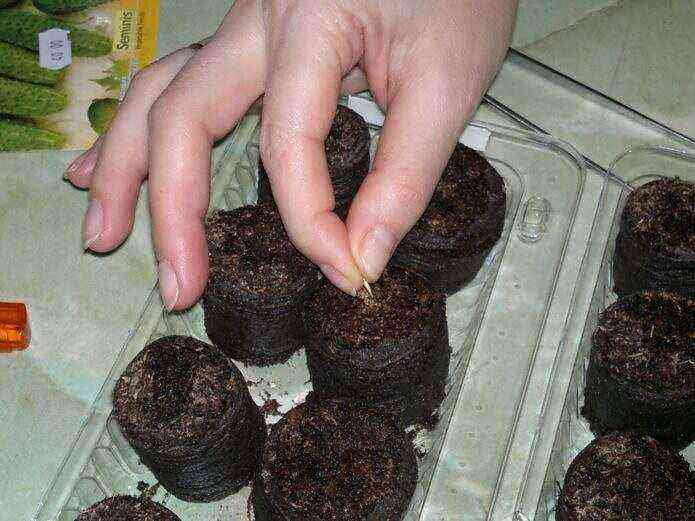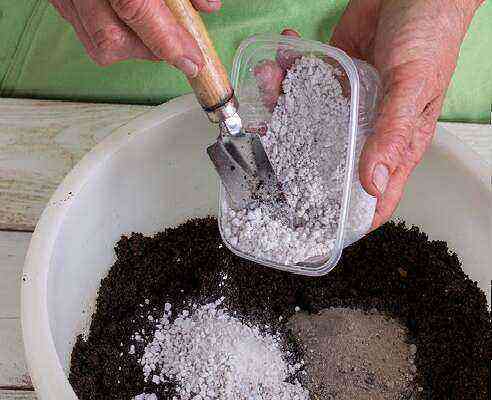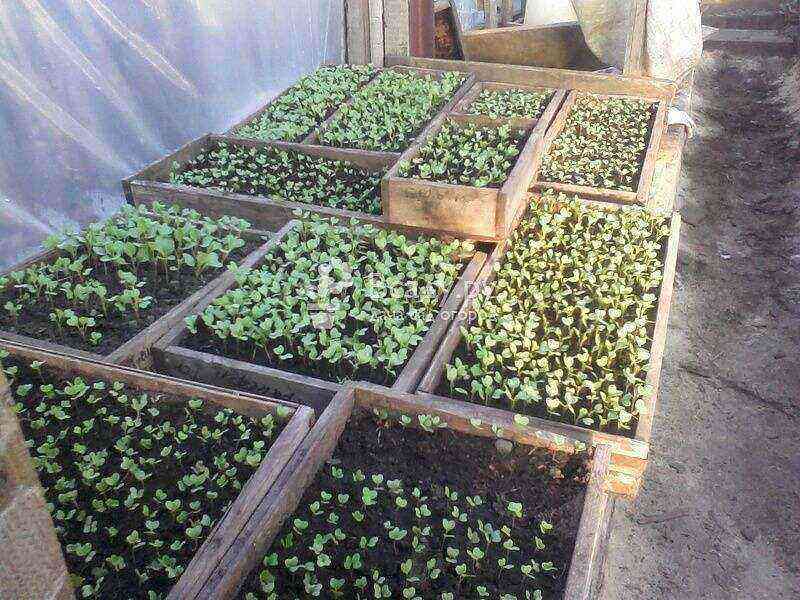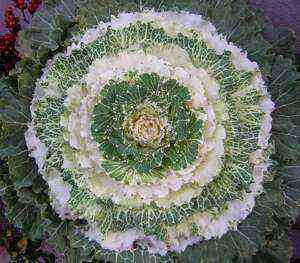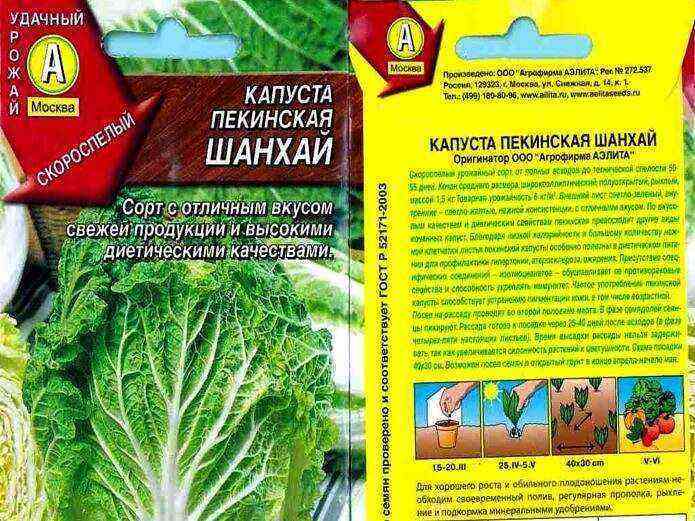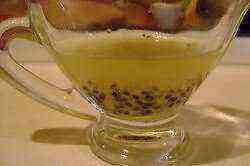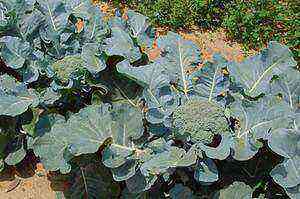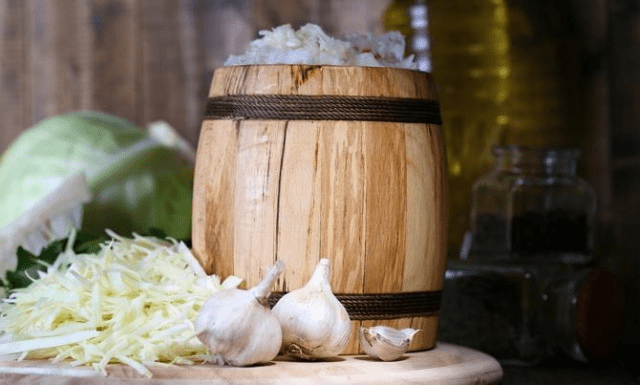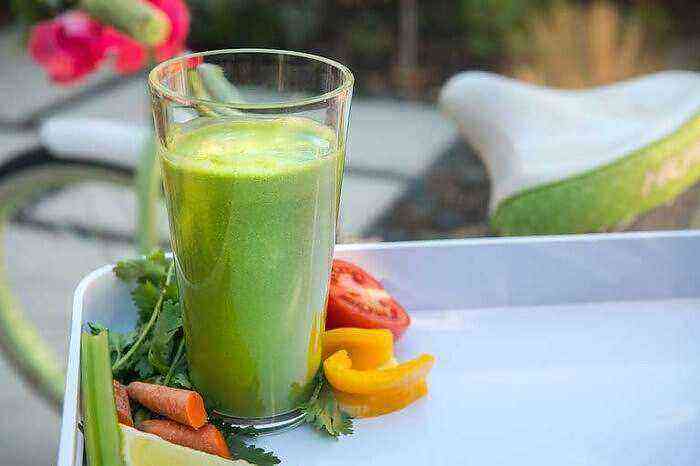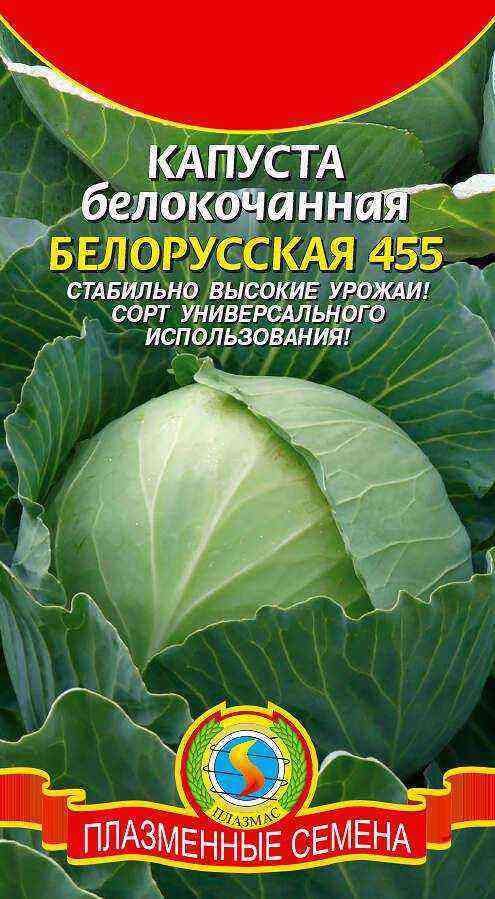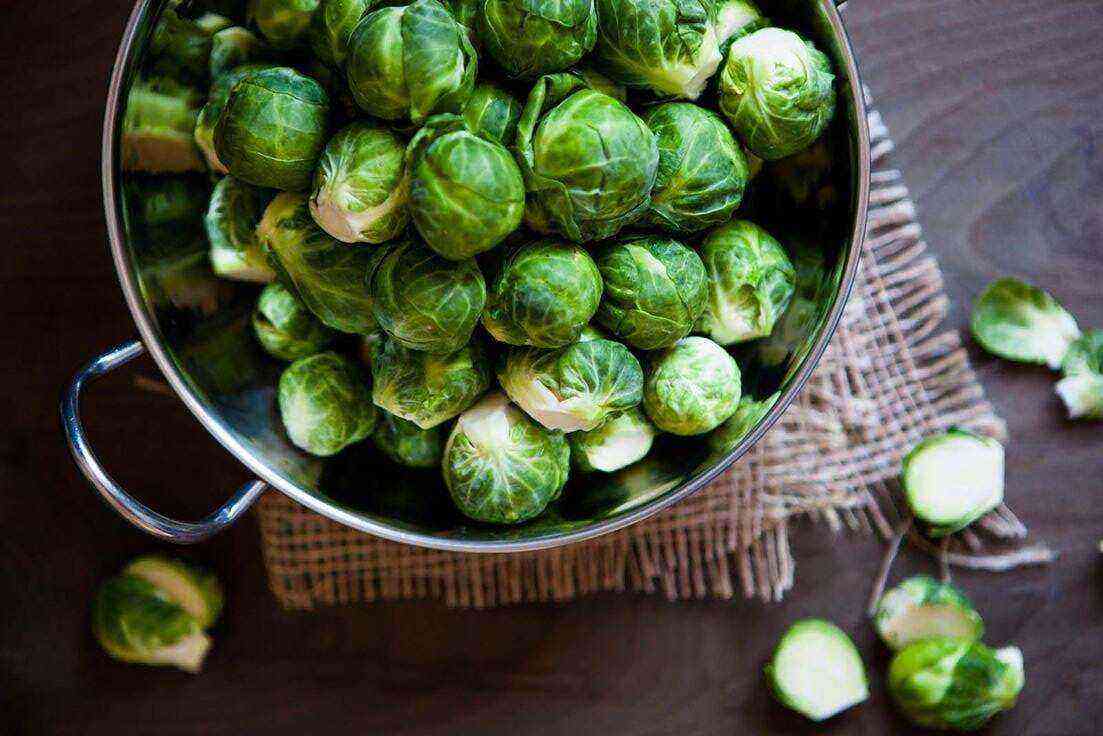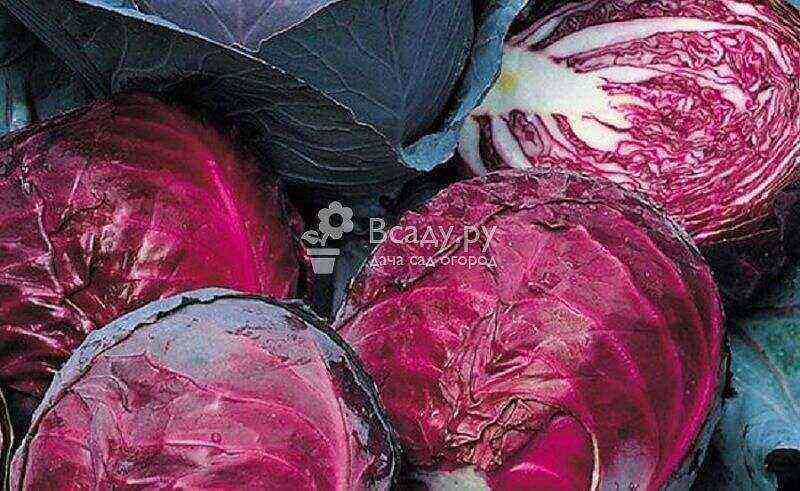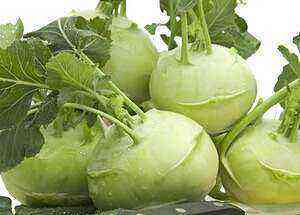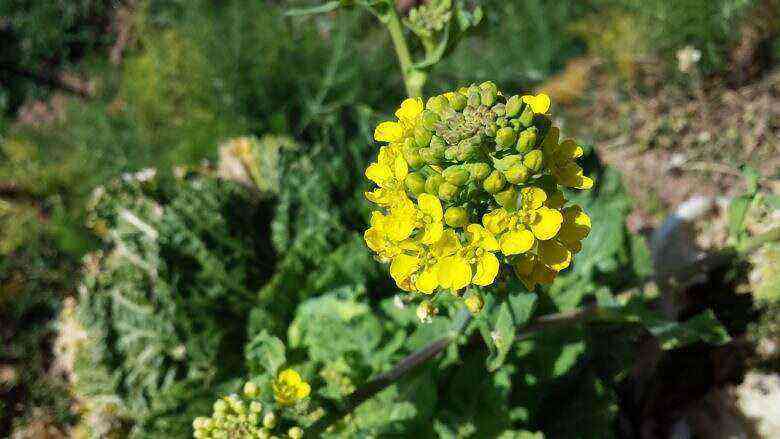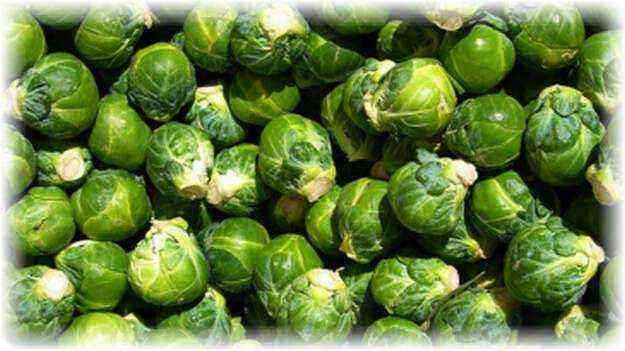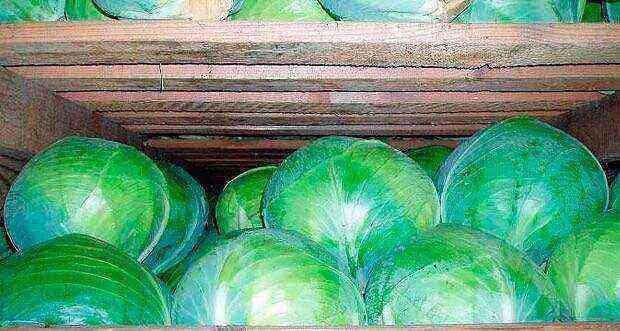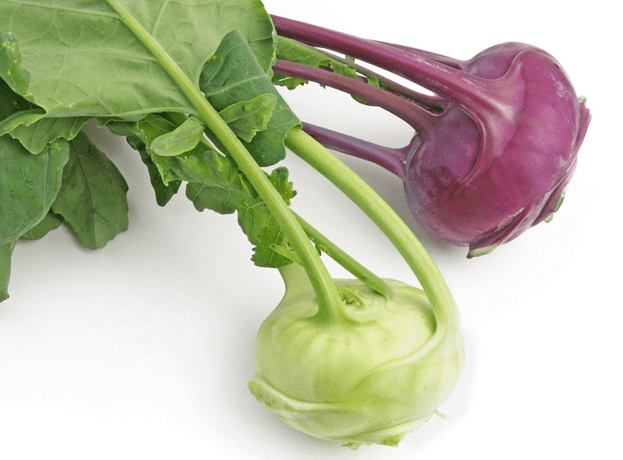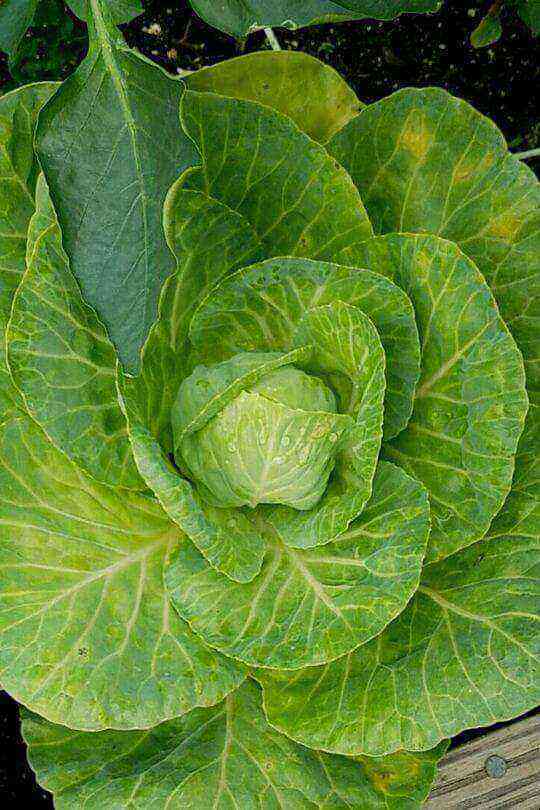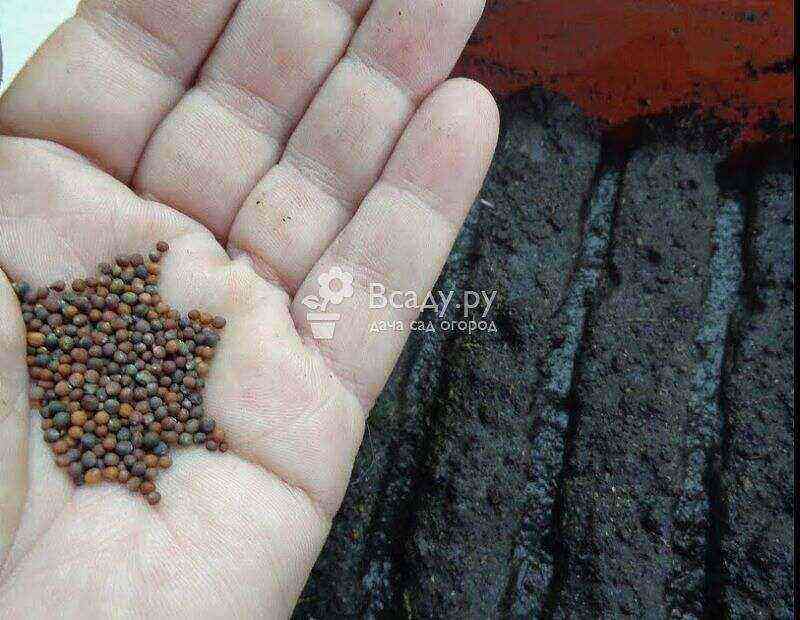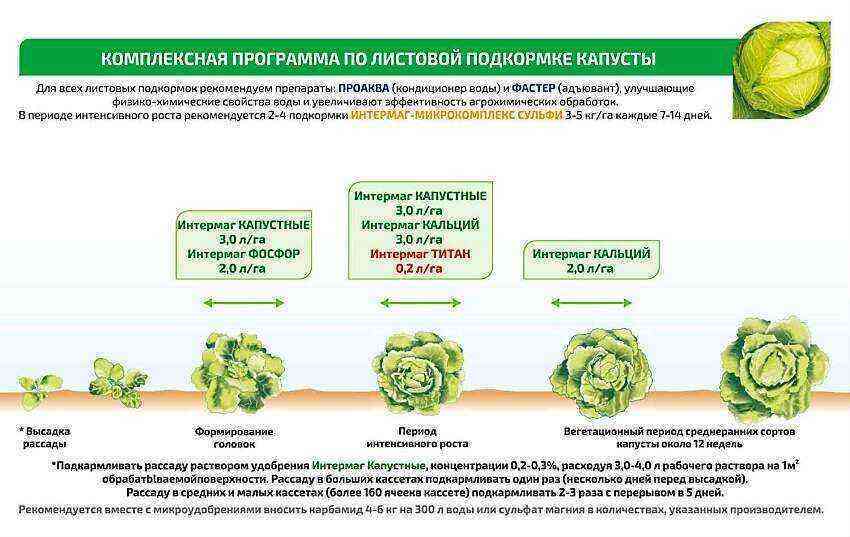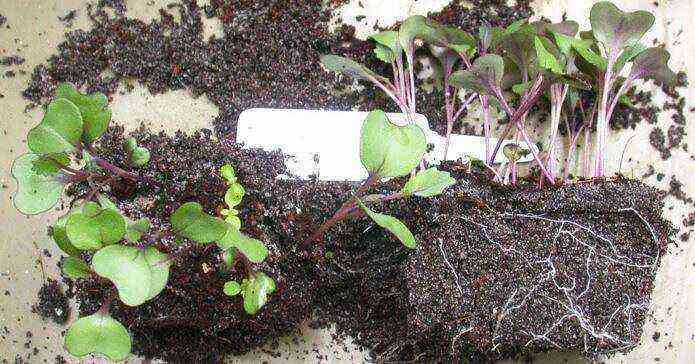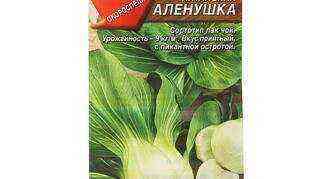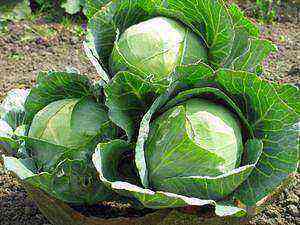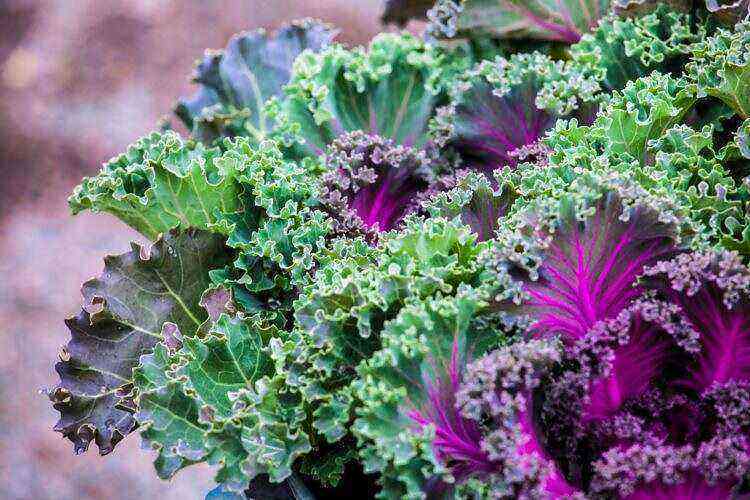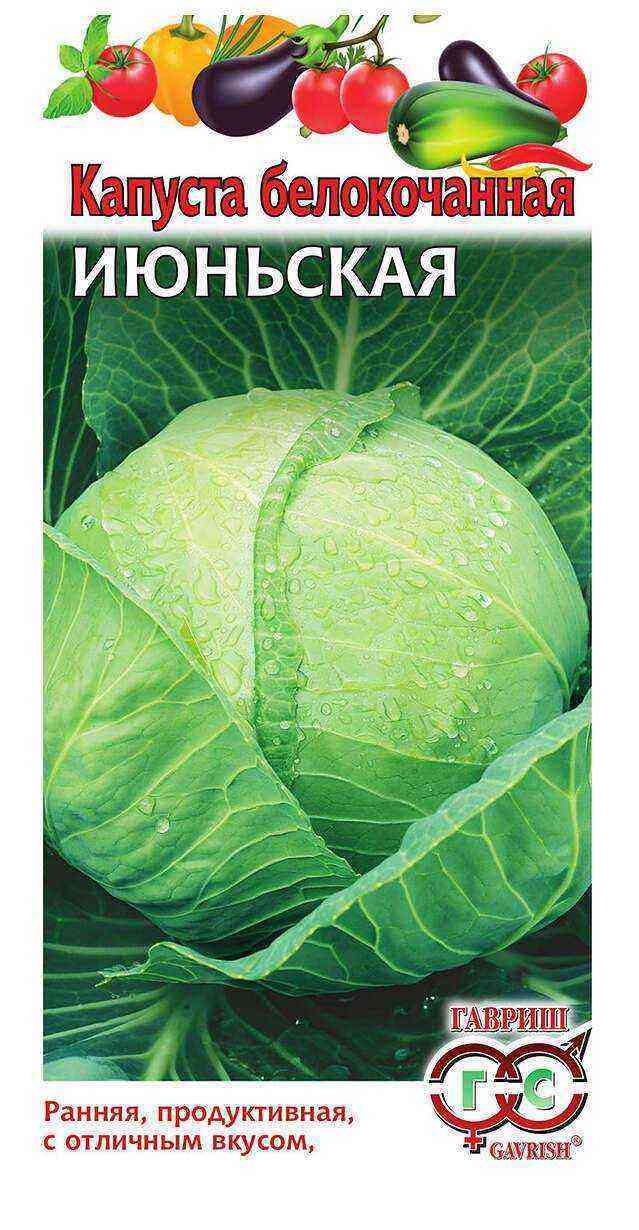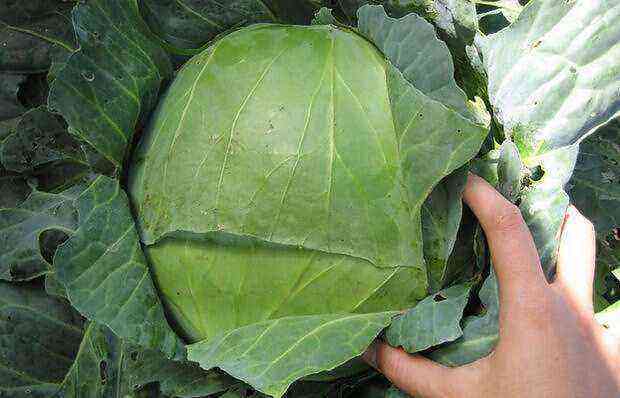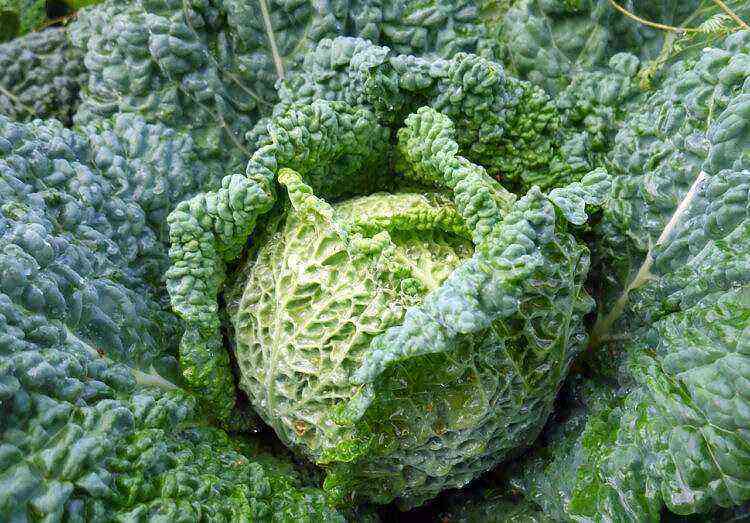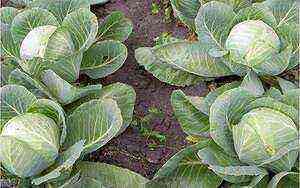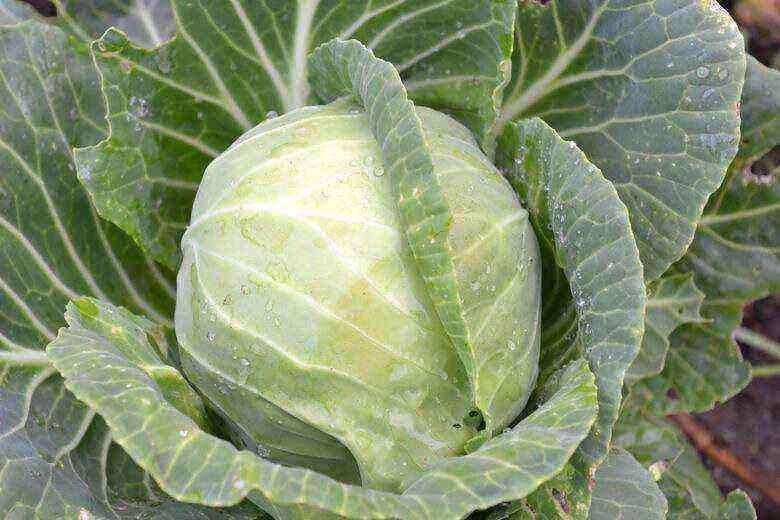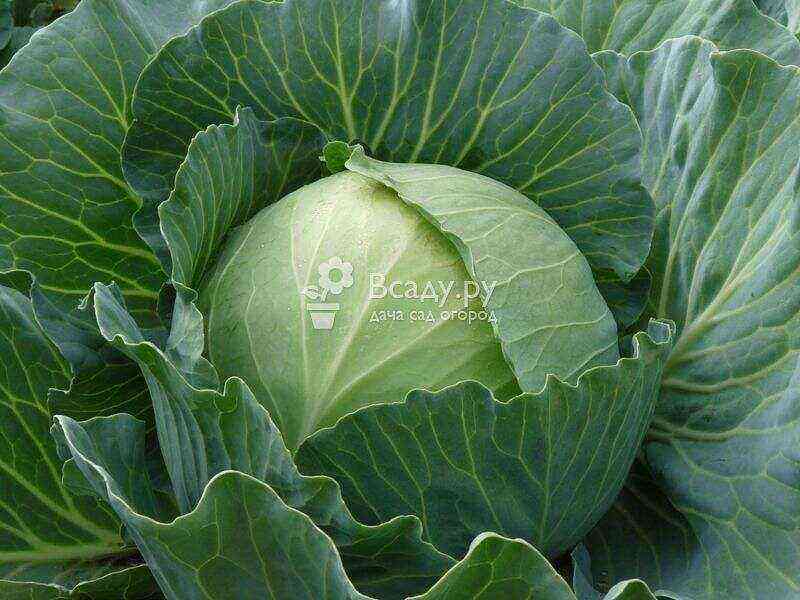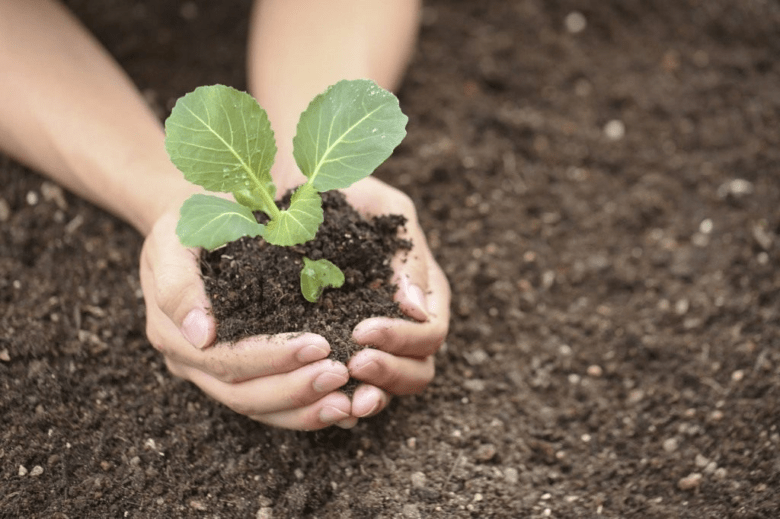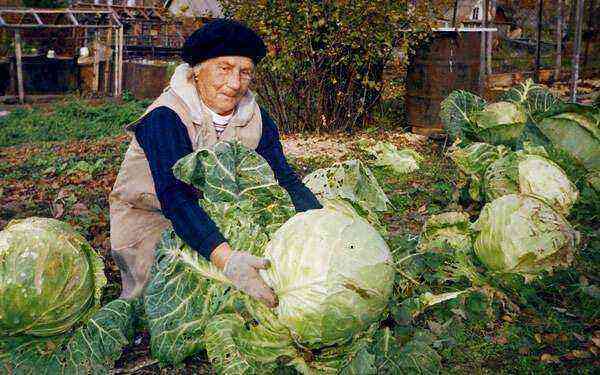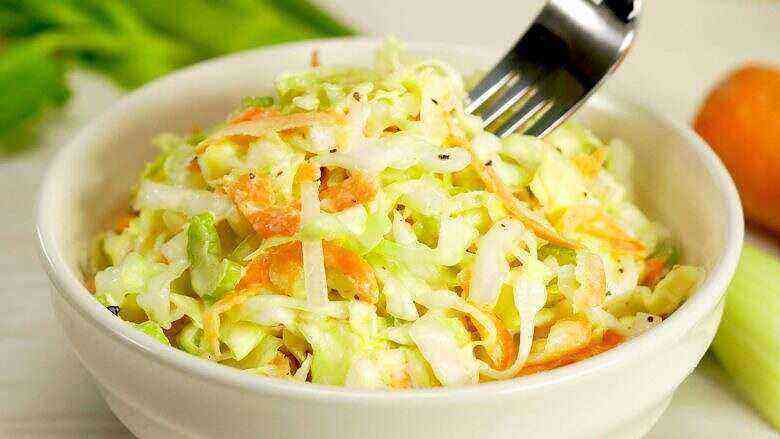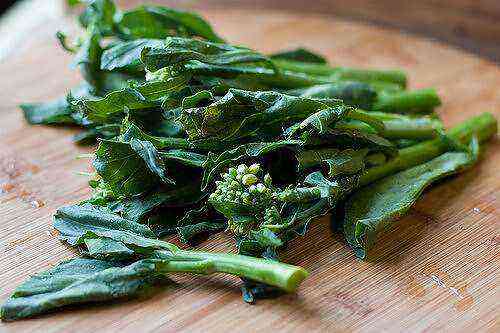Red (purple, blue) cabbage is not very popular with gardeners. Meanwhile, this vegetable requires less attention when growing, it is better stored, has a great taste, rich chemical composition and has medicinal properties.
Red cabbage and its features
Like its sister, white cabbage, red cabbage belongs to the Cruciferous family, a species of the genus Brassica – cabbage. Its homeland is considered the Mediterranean, and in Russia this vegetable appeared in the XNUMXth century, but is still not very popular. The plant is two years old, seeds can be obtained in the second year, but the head of cabbage grows in the first year. Red cabbage is used in the same way as white cabbage: raw, pickled, pickled, boiled, stewed. Its taste is more spicy, and its leaves are more juicy compared to white cabbage. Heads of cabbage are round, oval or cone-shaped, have a very high density and therefore are stored for a very long time without losing their qualities. This type of cabbage differs from its sister and chemical composition: it contains 2 times more vitamin C, 10 times more vitamin A, more fiber, protein. Anthocyanins, due to which the leaves have a purple color, have anti-inflammatory and antioxidant properties, remove toxins and toxins from the body, strengthen blood vessels. This type of cabbage helps to resist radiation and pathogens of various diseases, to heal ulcers, promote tissue regeneration, is a dietary product and a remedy for depression.
The color of the leaves varies depending on the pH level of the soil. In acidic soils, the enzyme from the anthocyanin group contained in the leaves acquires a pronounced red color, on neutral soils it has a purple tint, and on alkaline soils it is greenish-yellow. That is why the same plant in different countries looks and is called differently.
DietDo
https://farmer-online.com/krasnokochannaya-kapusta-polza-i-vred.html
In terms of cultivation, red cabbage also has advantages:
- all varieties and hybrids can be grown in all regions;
- more frost-resistant;
- slightly susceptible to disease;
- resistant to pests.
Like all cabbage plants, this plant is photophilous, does not tolerate heat well, grows on fertile soils, and requires regular watering and feeding.
Popular varieties and hybrids of red cabbage
There are 43 names of this plant in the State Register of Breeding Achievements Admitted to the Use of Plants. Red cabbage will bear fruit in the harshest conditions, its seeds are capable of germinating at a temperature of only 2-3 degrees. However, in harsh climatic conditions (for example, in Siberia, in the Urals), it is worth stopping at more resistant to temperature extremes F1 hybrids of early and medium ripening.
Table: popular varieties of red cabbage
Variety name Ripening period Description fork Productivity Use Anthracite mid-season oval, purple, weight 2,3 kg 4,9 kg / m3,5 fresh Firebird mid-season round, dark purple, weight 8,5 kg 1,5 kg / sq.m fresh Kalibos mid-season cone-shaped, red color, in section – red-violet, weight 2–580 kg 640–447 c / ha fresh, for pickling Stone head 1,2 mid-season round, red-violet, in cut – purple, weight 2,5 – 2,5 kg 6,6 – XNUMX kg / mXNUMX fresh Mars MS
(Czech selection) mid-season round-flat, dark purple, does not crack, weight 1,3–1,5 kg 750–900 c / ha fresh Ranitop early maturing roundish, dark purple, weight 2 kg 4,8 kg / square meter fresh Faberge early maturing round, dark purple, weight 2,8 kg 7,8 kg / m1,2 fresh Juno late maturing round, dark purple, weight 3,9 kg XNUMX kg / sq. m fresh
The varieties Kalibos, Mars SM are suitable for growing both in gardens and on farms.
Photo gallery: varieties of red cabbage
F1 hybrids are obtained artificially from two parental varieties. They are more expensive and the seeds will have to be bought again, because the seeds of the second generation will behave unpredictably. Their advantages are that the first generation hybrids will have more positive qualities and fewer disadvantages compared to varietal plants.
Table: Popular Red Cabbage Hybrids
Hybrid name
first generation F1 Ripening period Description fork Yield Use Vanguard mid-season round, dark purple, weight 2,2 kg 6,0 kg / m1,6 fresh Benefis early maturing round, purple, weight 7,2 kg 2,0 kg / m2,7 m fresh Garat mid-season round, dark purple, weight 5,2–2,0 kg 7,0 kg / m3,0 fresh Joy late maturing oval, dark purple, weight 6,5 kg 3,5 kg / sq.m fresh Rebecca (Netherlands) mid-ripening round, purple, weight 4,2 kg 1,8 kg / sq.m fresh Roxy (Netherlands) late-ripening oval, purple, weight 4,6 kg 1,5 kg / sq.m fresh and for long-term storage Red Jewel (France) early maturing round, purple, weight 4,3 kg XNUMX kg / sq.m fresh Red Cook (Netherlands) late maturing round, purple, weight XNUMX, XNUMX kg XNUMX kg / mXNUMX fresh
The seeds of F1 hybrids will give you the opportunity to get a good harvest with less effort.
Photo gallery: first generation F1 red cabbage hybrids
Planting red cabbage
Our cabbage can be planted in seedlings or directly in the ground. For regions with a harsh climate, only the first planting option is suitable.
Regardless of the chosen planting method, the seeds are prepared in advance:
- place in water with a temperature of up to 50 оC for 20 minutes, then transfer to cold water for two minutes;
- since our culture is very fond of nitrogen, you can stimulate the seeds with a solution of ammophoska (1 teaspoon per 1 liter of water), stand for 10-12 hours and rinse with clean water;
- place the seeds in the refrigerator for a day.
Be sure to pay attention to the seedling soil. The main qualities of a good soil for our culture will be lightness, breathability and fertility. When growing in seedlings, you can use a mixture of peat and turf in a 1: 1 ratio. Seeds must be sown into prepared boxes at a distance of 7 cm from each other to a depth of 3 mm. Such a planting scheme will eliminate the stage of picking seedlings.
It is convenient to use peat pots. The suitable size for cabbage seedlings is 7 * 7 * 8 cm.
Peat pots of different shapes and sizes
Peat tablets are also a good option, which will free you from soil selection. Cabbage will receive a full set of necessary substances, the survival rate of seedlings will increase when transplanted into the ground, and the transplanting process itself will go very quickly. Before use, the tablets are poured with water, and after 5-10 minutes they will be ready for use.
prepared peat tablets
After the first shoots appear, the temperature must be reduced for a week to 8 оC. In addition to ensuring the temperature regime, constant watering is needed, the seeds should not dry out, but it is not necessary to overfill them. Depending on the ripening period – early or late, depending on the conditions of your region, planting of plants should be carried out in late April – early June.
With a seedless method of planting cabbage and for planting seedlings in the ground, it is necessary to determine the location in advance. These should be sunny areas, away from buildings, trees, fences. In the area where red cabbage will grow, there should be neutral or slightly acidic soils, light, loose, rich in humus. The best option would be peat bogs or light loams. You cannot plant cabbage in the same place for several years. The best predecessors will be cucumbers, carrots, potatoes, onions, legumes and, of course, siderates.
Features of growing red cabbage
Growing red cabbage can be mastered by everyone.
Growing seedlings
After the seeds germinate, it is very important not to miss the moment when the temperature drops, otherwise you risk being left without seedlings. In the future, plants need a temperature regime up to 15-16 оC, constant moderate watering and feeding.
Before planting seedlings, I feed the plants three times: the first time with the appearance of the first leaf, then 1,5–2 weeks after the first feeding and the third – two to three days before planting the seedlings in the ground.
Now there are a lot of ready-made compositions for feeding seedlings.
It is an organic mineral fertilizer. For feeding or spraying seedlings, it is necessary to dilute 2 teaspoons in 10 liters of water, use the solution 1 time in 10-14 days.
Atlet fertilizer solution is prepared at the rate of 15 g per 10 l of water, 50 ml of the finished solution are consumed per plant. Top dressing must be done three times (this is a full course), after feeding the seedlings should not be watered for two days.
Seedling of seedlings
When seedlings thicken, a pick should be done. It is produced to provide plants with a sufficient amount of nutrients and light at the stage of cotyledons (7-8 days). If you are literally 1–1,5 weeks late, you will waste time and energy, but you will not get any results from this procedure.
Before starting a pick, you need to shed the plants well to minimize damage to the root system. Carefully separating and taking out the seedling along with a small amount of soil, we transfer the plant to the prepared pot, deepen it to the cotyledon leaves and squeeze it. We water the cut seedlings and for the first time cover them from direct sunlight.
Video: picking cabbage seedlings
Planting seedlings in open ground
Planting red cabbage seedlings is permissible when the plants already have 4–6 leaves of their own (5–7 weeks from the moment of sowing the seeds). Plants are planted at a considerable distance from each other (60 * 50 or 70 * 60 cm). A hole is prepared for the seedling, spilled with water, the seedlings are buried to the cotyledonous leaves, the roots are tightly squeezed with earth. The first days the planted plants are shaded and watered abundantly.
Cabbage and marigolds
Video: planting red cabbage in the ground
Caring for red cabbage
Caring for red cabbage does not differ from caring for a white sister and includes:
- regular watering;
- loosening the soil, hilling and weeding;
- top dressing, nitrogen is especially in demand.
Video: red cabbage, seedlings, cultivation, care, pests
Harvesting times and storage methods for red cabbage
Harvesting red cabbage begins from August to October, depending on the variety. The early varieties will be stored for only two to three months, while the later ones will stay until spring and even until summer. It is very important to harvest on time, in dry, cool weather and with an eye on the lunar calendar. Red cabbage perfectly tolerates a drop in temperature and in the fall it is worth keeping it on the beds longer so that the heads of cabbage become more juicy and tasty. But you should not allow the forks to freeze, since such cabbage will be badly stored, small frosts are permissible provided that the heads of cabbage are thawed.
Video: secrets of red cabbage
When harvesting cabbage, you need to leave a few upper leaves and a stump of 3 cm or more. The best temperature for storing cabbage in the cellar is 0 оС, humidity – 90–95%. Putting different varieties together is not worth it, because the shelf life of early, middle and late varieties is different. Also, the heads of cabbage should not touch each other. Our crops can be stored on shelves, racks, in boxes, suspended or dug in. You can wrap the forks in plastic wrap, paper, or put in plastic bags.
Video: 10 ways to store cabbage
Reviews of some varieties and their cultivation
Even a novice vegetable grower can grow red cabbage. After learning about its magnificent properties, many will want to plant these beautiful and healthy vegetables in their plots, because their taste will be much better than those bought in the store.
